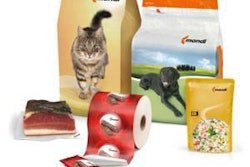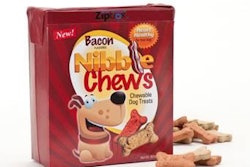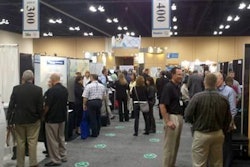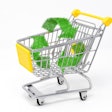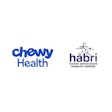US pet retailers—mainly independent shops and groomers that sell pet supplies—reported a 3% increase in sales volume over 2010, for an average of US$323,000 in 2011, according to Pet Product News International’s 2012 State of the Industry Survey. The findings echo data from GfK Retail & Technology, which showed sales of petfood alone rose 7% last year in US pet shops, farm and feed stores and veterinary clinics.
Even in Western Europe, with its reeling economies, petfood sales were still increasing through last year. “No crisis in the Italian pet supplies industry” proclaimed a headline in online magazine Vimax.com, citing data from a 2012 ASSALCO-Zoomark report showing sales of dog and cat food grew 2.1% in 2011 and reached 1.604 million Euro (US$2.015 million), including snacks and treats. (ASSALCO is the Italian pet trade association.)
So, despite the still-stumbling economy—especially in the Eurozone—the global petfood industry seems to keep humming along. Can we trust that will continue?
The PPN International survey of 2,000 US pet retailers offers hope. For example, 8% opened pet-related business in the previous 12 months, which projected to nearly 1,000 new US businesses, and 5% relocated to increase square footage. Also:
- 62% expected sales to increase in 2012, especially with dog products;
- An average 69% of customers who enter a pet-related business purchase something, spending US$35; and
- Natural products now make up 30.8% of total sales for these businesses, with 39.3% of those products being for dogs, 33% for cats and 32.9% related to grooming.
Specific to petfood, it accounted for 27% of all spending on dogs and related products, up from 25% in 2010. Purchases of all dog products added up to 45.3% of US pet retailers’ sales—an average of US$137,000, down from US$139,000 in 2010 (one of the few declines in the survey data). Treats comprised 10% of dog-related sales, with chews and rawhide accounting for another 5% and supplements/vitamins, 2%.
While cats and related products accounted for only 12.7% of spending in the US pet specialty retail channel, food represented a full 35% of the average US$38,500 spent in this category. Cat treats accounted for another 6%, with supplements and vitamins at 2%.
Further good news: Spending on small mammals rose nearly 25% to an average of US$13,700 in 2011, up from US$11,000 in 2010. Food represented 37% of those purchases, followed by treats at 6%, chews at 4% and vitamins/supplements at 3%.
Yet some petfood professionals have doubts. “Are we kidding ourselves?” posted Marcel Blok, owner of Change Stranamics BV (a consultancy based in the Netherlands). “Most markets in the Eurozone are doing badly, sometimes with negative growth on the value side. What in my opinion is fueling the perceived global growth? To an extent, inflation in the biggest markets, North America and Europe.” He added that emerging markets like Brazil and the Chinese market have started to show their weight. “But will they continue to do so to the current extent?”
His questions are valid. It will be interesting to see how the economic crises, upcoming US presidential election and other situations around the world impact consumer spending, especially that of pet owners. The August issue will have a mid-year petfood sales report with current data from GfK, at least for the US, plus insights and opinions of other petfood experts on the current state of the industry.



